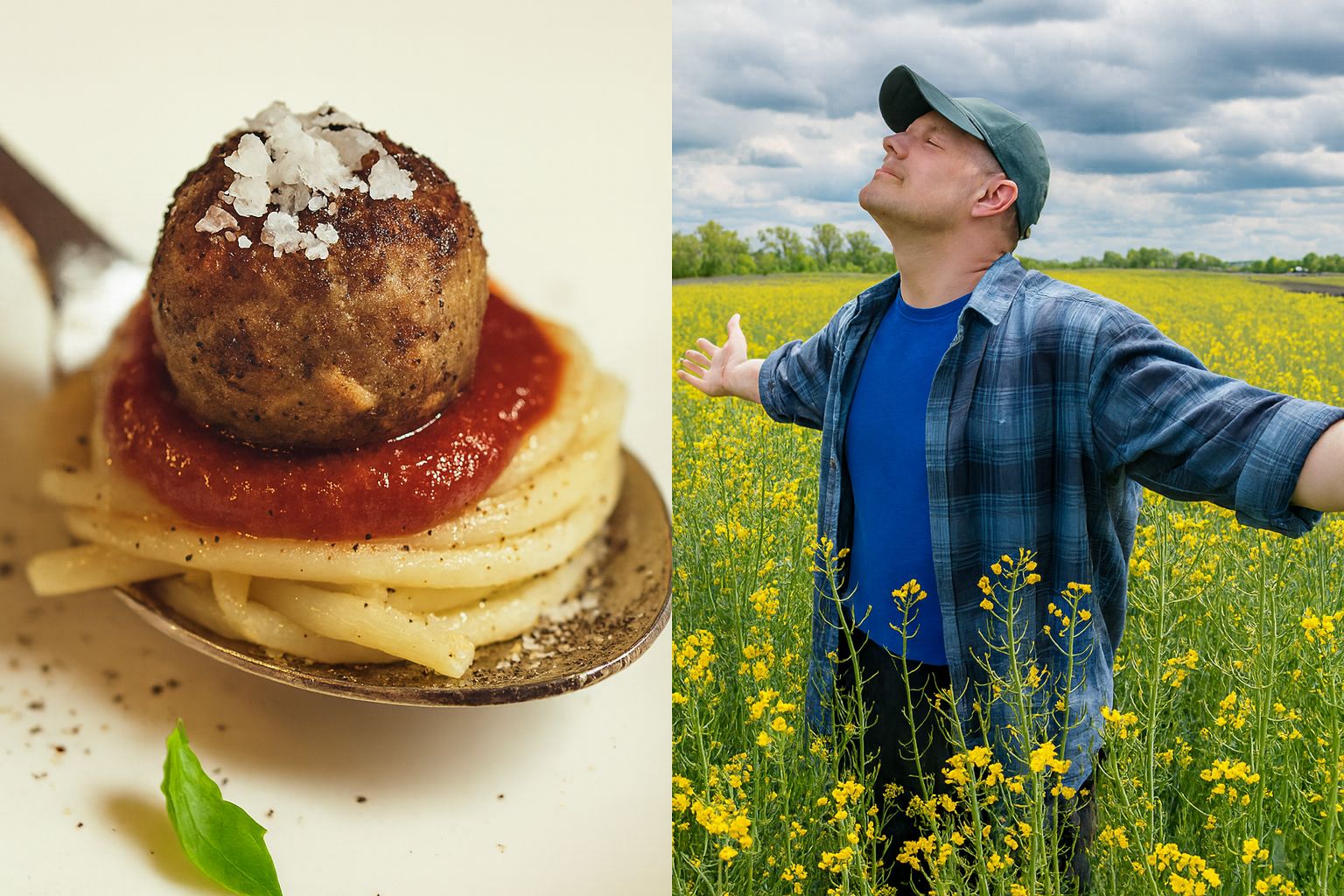- FutureIntelX
- Posts
- The End of Famine: How We Will Build a World of Food Abundance.
The End of Famine: How We Will Build a World of Food Abundance.
For the last ten thousand years, our lives have been shaped by a single, fragile relationship: the one between a seed and the soil.
The weather, the seasons, and the fragile balance of ecosystems have all had an effect on us.
The oldest story in human history is the fight for food. It tells the story of not having enough, of hard work, and, for too many, of hunger.
That story is about to change for good.
I went to a place recently that looked more like a brewery than a farm. Inside, shiny steel bioreactors were making pure milk protein without any cows in sight.
Scientists were growing a small, perfect piece of steak from a few cells in another room. This was not a story from the future.
It was a look at a new food system that will not only help end hunger but also start a time of food abundance, sustainability, and personalization on a scale we can hardly imagine.
We are about to start a revolution.
Every day, the news warns us about food shortages and climate disasters. But a powerful combination of technologies is quietly creating a future where everyone can get healthy, cheap food.
The New Food Trinity: The Technologies That Make Food Abundant
There is not just one new invention that will bring about this revolution; it is the powerful intersection of three new fields.
1.Cellular Agriculture: The Farm in a Bioreactor

This is the science of growing animal products, like meat, poultry, and fish, directly from cells. You do not have to raise and kill animals to do this. Think of it as a way to grow things.
You do not have big fields for grazing anymore; you have clean, efficient bioreactors.
The effect is huge: we can make meat with 90% less land, 90% less water, and no methane emissions. It is not a "meat substitute"; it is real meat that was made in a way that is much more ethical and environmentally friendly.
2.Precision Fermentation: Teaching Microbes to Make Food

Image source: https://digital.h5mag.com/
For hundreds of years, we have used tiny living things to make things like beer and bread. This is a whole new level of precision fermentation.
We can now tell microorganisms like yeast and bacteria to make almost any complicated organic molecule, like the casein and whey proteins in milk or the heme that gives a burger its savory flavor.
This is how we get real dairy products and egg whites without having to have cows or chickens. This system is very efficient, can be set up anywhere in the world, and can grow as needed.
3.AI-Powered Vertical Farming: Getting the Perfect Harvest Every Day

Vertical farms are indoor farming systems that grow crops all year long.
When you add AI to the mix, that is when you get the breakthrough.
AI systems can keep an eye on and improve every factor, such as light, water, nutrients, and temperature, to make sure that each plant has the best possible growing conditions.
This means that the yield goes up a lot with only a small amount of water and no pesticides.
More importantly, it lets us "farm" anywhere, from a desert in Dubai to a skyscraper in Singapore. This makes our food supply less centralized and more resistant to climate change.
A World of Plenty of Food Beyond Scarcity
When you put these three technologies together, you can see the future clearly. It is a future not of lack, but of plenty.
Crisis Resilience:
Our food system is weak right now. Food prices can go up all over the world because of a drought in one place.
A city can grow a lot of its own food locally with a decentralized system of cellular agriculture and vertical farming. This makes it less vulnerable to climate shocks and problems with distant supply chains.
Environmental Restoration:
Animal farming is the main cause of deforestation and loss of biodiversity. We can start the process of rewilding our planet by moving food production from large areas of land to clean facilities.
This will return farmland to forests and restore ecosystems.
Personalized Nutrition:
This new system turns food into data. We can make foods with certain nutritional profiles, like lactose-free milk or cholesterol-free eggs.
We can make custom diets for athletes, seniors, or people with certain health problems, turning food into a kind of medicine that keeps people healthy.
This is not a far-off dream. These technologies have already made their first products available for sale. The problem is no longer coming up with new ideas but making them big.
It needs money, smart rules, and a change in the way we think from the old story of scarcity to the new one of creation. We have the tools to make a world where no one is hungry for the first time in history.
We can make a food system that is not only plentiful but also good for the Earth and for us. We need to work together to build this hopeful, possible future.
Reply